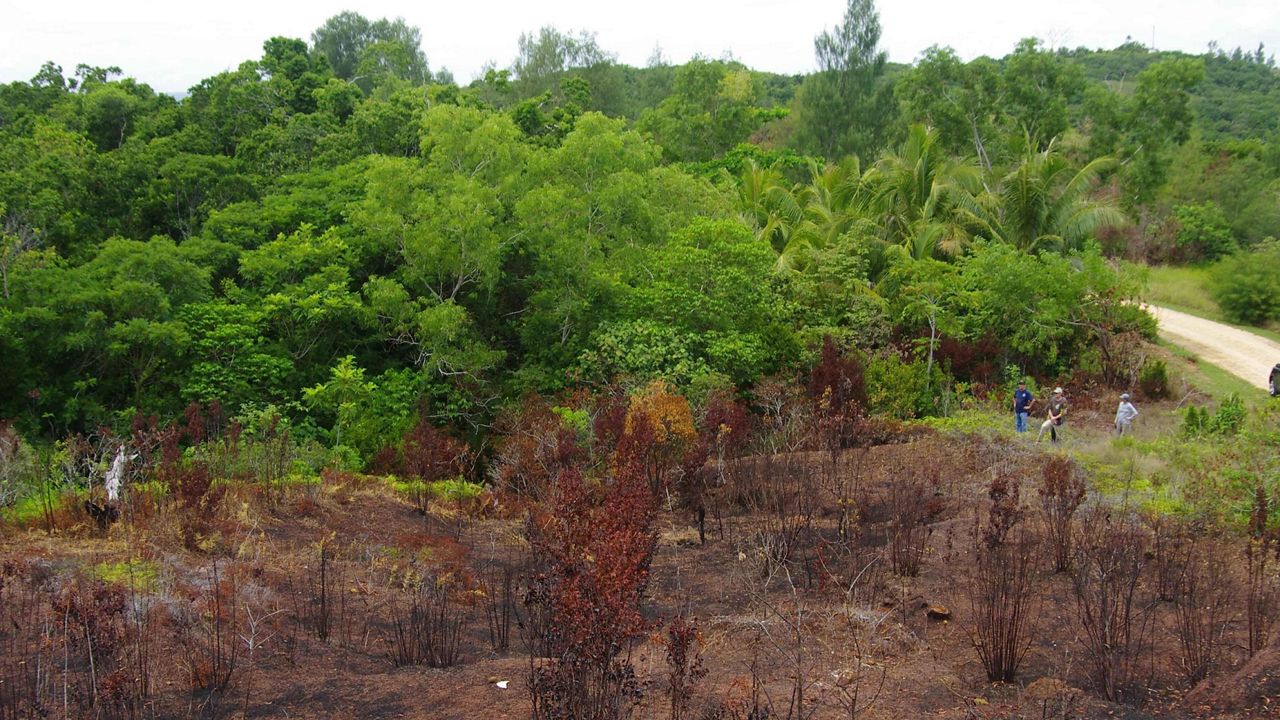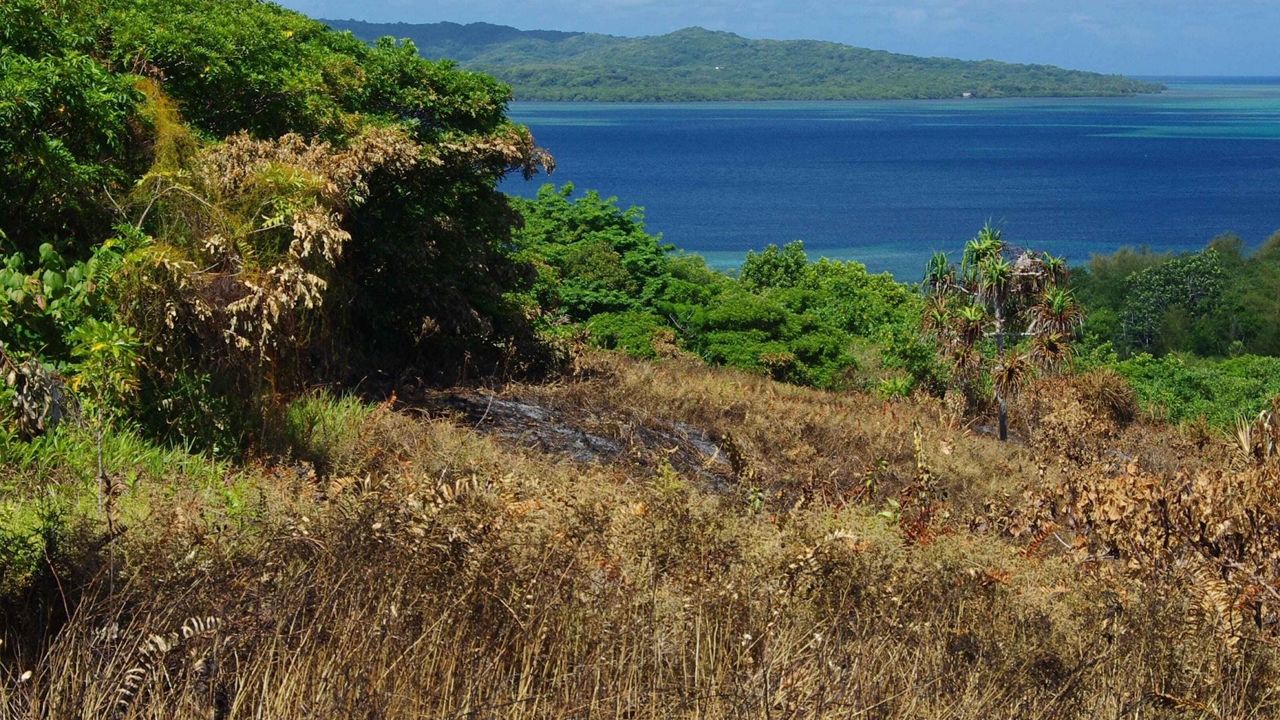A new study, published in Journal of Biogeography, shows that Pacific Islanders used fires to control and shape landscapes.
University of Hawaii wildfire expert Clay Trauernicht used fire histories, vegetation and soil maps to examine the relationships between historical human land use, climate and fire occurrence across nine Micronesian islands.
“We first started looking at fire as a percentage of island area years ago to show how the extent of wildfires in Hawaii are on par with the western U.S.,” said Trauernicht in a news release. “Based on that metric, wildfire is far, far more extensive on many islands in Micronesia than in Hawaii.”
The study looked at the islands of Palau, Yap, Guam, Rota, Tinian, Saipan, Chuuk, Pohnpei and Kosrae, and found that the percent of island land area burned annually reached up to 10%.

Savannas in Micronesia reflect Pacific Islanders’ long-term use of fire to shape vegetation, according to the study. In Hawaii, introduced grasses dominate savannas, but in Micronesia savannas are filled with native plants.
“Almost all ignitions on Pacific Islands are human-caused since lightning strikes are relatively rare. People literally brought fire to the islands and, like everywhere else in the world, used fire as a tool for changing and caring for the landscape,” said Trauernicht.
The study also provides useful information for anticipating fire risk throughout Micronesia.
“Strong El Niños typically result in more intense drought across the region, increasing the risk and impacts of fire,” said Abby Frazier, a climatologist from Clark University who co-authored the paper.
Michelle Broder Van Dyke covers the Hawaiian Islands for Spectrum News Hawaii. Email her at michelle.brodervandyke@charter.com.



